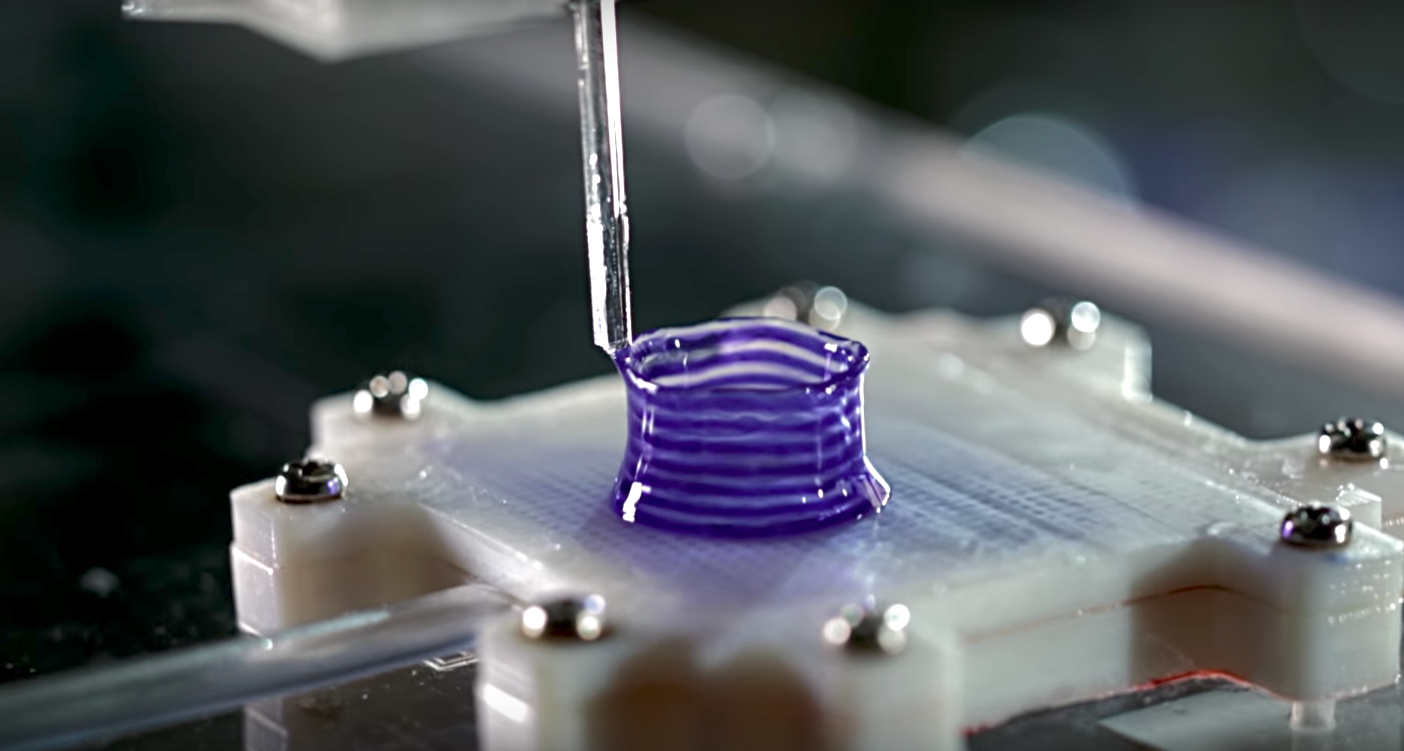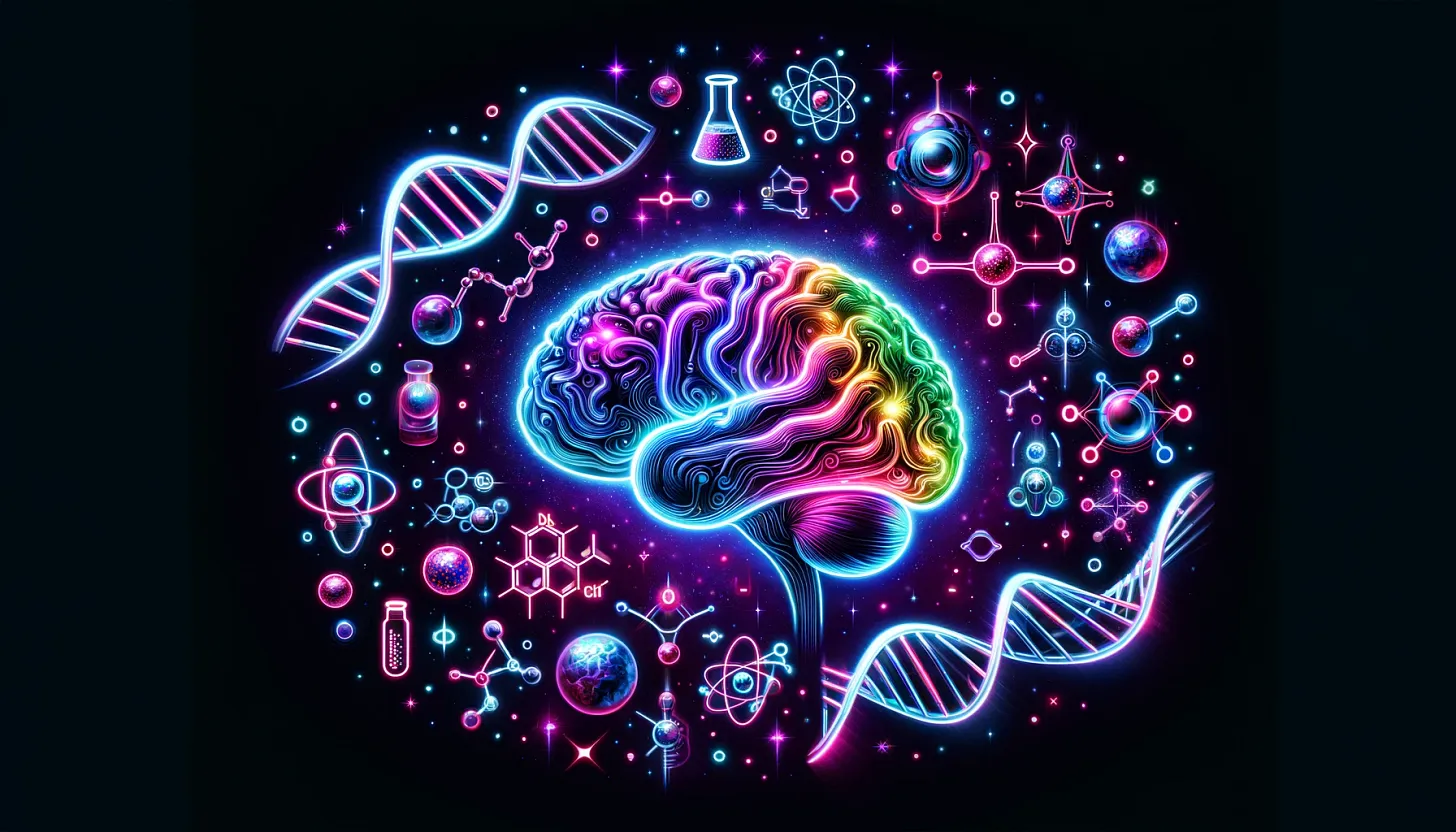Radical Ventures portfolio company Aspect Biosystems is a biotechnology company pioneering a new category of regenerative medicine: bioprinted tissue therapeutics. The company’s cutting-edge technology prints implantable, cellular medicines, which have profound implications for unlocking treatment to incurable diseases. Last year, Aspect Biosystems partnered with Danish biopharma giant Novo Nordisk. The deal, worth over US$2.6 billion, marked the largest-ever deal in the bioprinting industry and the largest preclinical deal in Canada. This week we share an excerpt of an interview with Aspect Biosystems CEO Tamer Mohamed on the “The New Era of Life Sciences” and how AI will transform the future of therapeutics.
How does your bioprinting technology differ from other bioprinting technologies?
What we’ve created at Aspect is an industry-leading, full-stack tissue therapeutic platform that comprises our proprietary bioprinting technology, therapeutic cells, biomaterials, and computational design (i.e. AI). The end-to-end process starts with designing our tissues using our computational design tools, then processing and uniquely combining therapeutic cells and biomaterials using our highly flexible microfluidic bioprinting technology to biomanufacture the entire bioprinted tissue therapeutic product in a rapid, single step. These tissue therapeutics are then implanted into the body to provide a functional cure.
We are not attempting to replicate full organs. Instead, our highly rational design approach is focused on replacing, restoring, or supplementing organ functions lost due to disease and implanting functional tissue therapeutics in remote locations in the body to deliver curative therapies.
What approach does Aspect Biosystems take towards addressing diseases?
Our strategy involves using cells as building blocks, combined with our bioengineering design approach, to create functional tissues that can address the root causes of diseases. A prime example is our work on type 1 diabetes with Novo Nordisk, aiming to replace the missing function of cells responsible for sensing glucose and releasing insulin, without relying on chronic immune suppression. This innovative approach represents the next frontier in cell therapy, leveraging our tissue therapeutic platform to develop products that can significantly impact disease treatment.
What are the primary research areas for Aspect Biosystems, and how do you prioritize projects?
We prioritize diseases with well understood biology and where cells can have a direct impact on the disease biology. Our focus primarily lies on metabolic and endocrine diseases, such as type 1 diabetes and liver-related disorders. By understanding the disease biology and applying our full-stack tissue therapeutic platform, we aim to address specific malfunctions without the need for full organ transplants, showcasing our targeted and novel approach to regenerative medicine.
How important are partnerships and collaborations for Aspect Biosystems?
Collaborations are crucial for advancing our mission and leveraging our broadly applicable platform, as highlighted by our precedent-setting $2.6 billion partnership with Novo Nordisk, a leader in diabetes and obesity treatment. They bring a rich history and deep expertise in these disease areas and we are excited to have chosen them as our partner. Through such partnerships, we aim to leverage combined strengths to develop innovative treatments for patients and advance the field.
Has the direction of Aspect Biosystems changed, and what are the opportunities for expansion?
Aspect Biosystems is currently experiencing a period of strategic growth, focusing on expanding our therapeutic pipeline in the metabolic and endocrine space.
Our partnership with Novo Nordisk has accelerated our growth, supporting our ambition to play a leading role within the ecosystem. This growth phase is marked by the pursuit of building a highly successful, enduring company that can act as an anchor in the Canadian and global biotech landscapes.
Why do you think Canada has lacked anchor companies, and how does Aspect Biosystems plan to change that?
The absence of anchor companies in Canada may stem from a historically cautious approach to ambition and innovation. We are determined to break this mold by leveraging our industry-leading platform across multiple disease areas and creating multiple product lines. We are vertically integrating and building for the long term. Our goal is to foster a bolder and more ambitious mindset that can elevate Canada’s status on the global stage, contribute significantly to the regenerative medicine sector, and bring solutions to the patients who need them.
Can Aspect Biosystems become an anchor company, and if so, when?
Absolutely, we are aiming to become a highly successful $100 billion anchor company here in Canada. That won’t happen overnight, but we are in it for the long-term. On our mission, we are committed to supporting the broader ecosystem – we strongly believe in the notion that the “rising tide lifts all boats”. We are deeply passionate about bringing significant value to a country that has been the source of so many great discoveries including insulin and stem cells. Quite simply, we are focused on not just pioneering the development of bioprinted tissue therapeutics, but driving this entirely new therapeutic category that we are shaping.
AI News This Week
-
AlphaFold 3 predicts the structure and interactions of all of life’s molecules (Google DeepMind AlphaFold Team)
AlphaFold 3, a new AI model developed by Google DeepMind and Isomorphic Labs, predicts protein foldings, as prior versions have, but also interactions with other biological molecules including DNA, RNA, and small molecules. Researchers hope it will transform our understanding of the biological world and drug discovery. The paper published in Nature shows a 50% improvement compared with existing prediction methods for proteins with other molecule types and for some important categories of interaction, prediction accuracy was doubled.
-
Ex-DeepMind and Meta AI researcher raises nearly $50 Million to help developers with LLMs’ secret sauce (The Information)
DatologyAI co-founder Ari Morcos likes to say that “models are what they eat” and the data models ingest determines everything about their capabilities. Last September, Radical Ventures invested in DatologyAI’s seed round as the company set out to build a platform for automated data curation at petabyte scale, helping customers train models faster and enabling smaller models to achieve performance competitive with much larger models. This week, DatologyAI announced its $46 million Series A round. Felicis Ventures led the round with participation from seed investors Radical and Amplify.
-
Did you make your connecting flight? You may have AI to thank (New York Times)
The airline industry is rapidly being transformed by artificial intelligence as it increases its reliance on AI technologies in all areas of operations. For example, airlines are adopting AI systems to plot more efficient flight paths, shaving thousands of minutes of flying time and saving hundreds of millions of litres of fuel. The passenger experience is also changing as generative AI systems are helping track bags and providing more precise updates on delays.
-
US eyes curbs on China's access to AI software behind apps like ChatGPT (Reuters)
The US government is contemplating new regulations to limit China’s access to sophisticated proprietary AI technologies. The Commerce Department may impose export restrictions on closed-source AI models. This proposal, which is in its early stages, could also extend to Russia, North Korea, and Iran. It is expected that the restrictions would apply to future AI models that meet a specific computing power threshold outlined in the AI executive order. This action would continue US efforts to curtail China’s military AI capabilities, following recent restrictions on Nvidia AI chip exports and the revocation of Intel’s license to sell laptop chips to Huawei.
-
The benefits, risks and bounds of personalizing the alignment of large language models to individuals (Nature)
Large language models (LLMs) may be aligned with human values to enhance safety and usefulness, but the diversity in users’ values and beliefs complicates this process. Personalization of LLMs aims to cater to individual preferences, potentially reducing cultural dominance and increasing access. However, personalization carries risks like privacy breaches and bias amplification. Defining responsible personalization involves complex decisions about its limits and who sets them, balancing individual benefits against societal risks.
Radical Reads is edited by Ebin Tomy.





